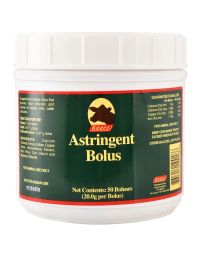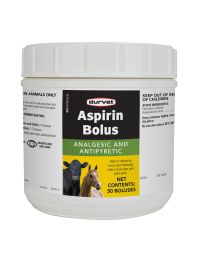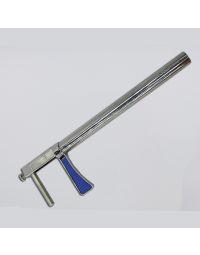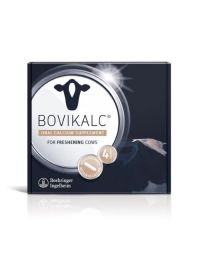In livestock, an IV bolus is used to deliver medication or nutrients directly into the bloodstream of the animal. The medication is typically delivered through a vein in the animal's neck or leg, and the amount of medication administered is calculated based on the animal's weight. The livestock is usually restrain during the procedure. It is important to follow proper technique to avoid injuring the animal or administering the wrong dosage.
There are several situations in which an IV bolus may be used in livestock, including:
- Emergency treatment: An IV bolus may be used to rapidly administer medication or fluids in emergency situations, such as treating an animal for dehydration, shock, or other critical medical conditions.
- Nutritional support: An IV bolus may be used to administer nutrients, such as glucose or electrolytes, to animals that are unable to eat or drink due to illness or injury.
- Pain management: An IV bolus may be used to administer pain medication to animals that are experiencing pain or discomfort.
- Disease treatment: An IV bolus may be used to administer antimicrobial or other medications for the treatment of infectious diseases or other medical conditions.
- Animal surgery: An IV bolus may be used to administer anesthesia or other medications to animals prior to or during surgery.
- Vaccination: An IV bolus may be used to administer a vaccine quickly to an animal.
It is also used to administer drugs or other treatments that need to be rapidly and efficiently absorbed by the animal's body.
Vaccinating Livestock with an IV Bolus
When vaccinating livestock with an IV bolus, a veterinarian or trained animal health professional will administer the vaccine directly into the animal's bloodstream through an intravenous line. The process typically involves the following steps:
- Restraint of the animal: The animal is restrained, usually with a chute or head gate, to prevent movement during the vaccination process.
- Identification of the vein: The animal's neck or leg is inspected to locate a suitable vein for the IV bolus injection.
- Sterilization of the injection site: The area around the selected vein is sterilized with an antiseptic solution to prevent infection.
- Insertion of the needle: A needle is inserted into the selected vein and the vaccine is delivered into the bloodstream over a period of a few seconds or minutes.
- Removal of the needle: The needle is removed and the injection site is inspected for any bleeding or swelling.
- Monitoring of the animal: The animal is monitored for any adverse reactions or complications following the vaccination.
Pain treatment options for livestock using an IV bolus include the following:
- Non-steroidal anti-inflammatory drugs (NSAIDs): These medications, such as flunixin meglumine or ketoprofen, are commonly used to reduce inflammation and pain in livestock.
- Opioids: These medications, such as morphine or fentanyl, are used to provide more potent pain relief.
- Local anesthetics: These medications, such as lidocaine or bupivacaine, can be used to provide pain relief during surgical procedures or other medical treatments.
- Alpha-2 agonists: These medications, such as xylazine or medetomidine, can be used to provide pain relief and sedation in livestock.
It is important to note that the use of these medications should be under the guidance of a veterinarian and must follow the specific guidelines and protocols for administering medications and fluids to livestock. The veterinarian will also take into consideration the species and size of the animal, the type of pain and the duration of the pain, as well as any other relevant factors before deciding on the most appropriate treatment option.


![Albon Boluses [15g] (50 Count)](https://www.armoranimalhealth.com/media/catalog/product/cache/e62b29cbfd1c8a243018c6ffc350ffcf/a/l/albon_boluses_15g_50_count_.jpg)


